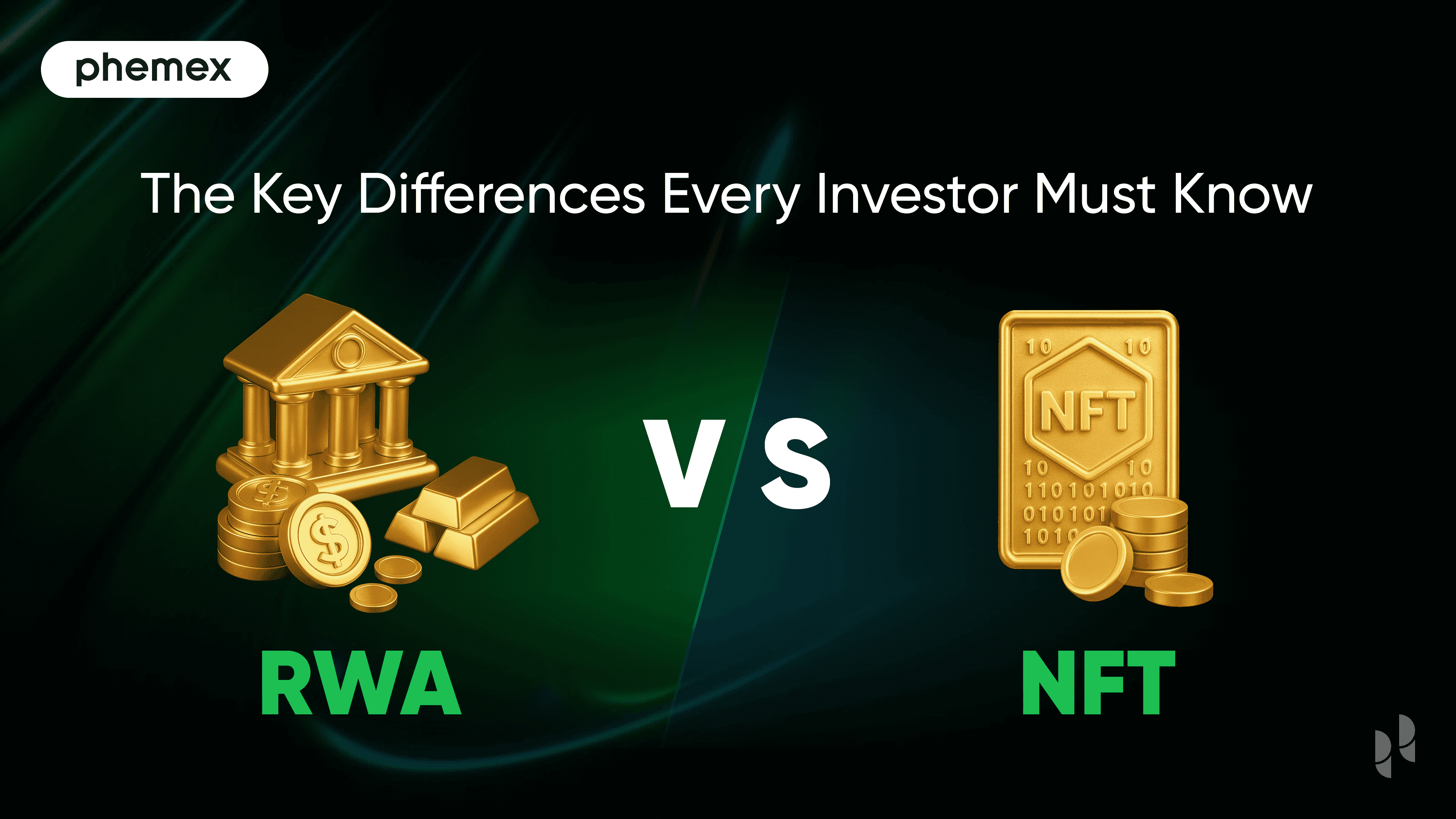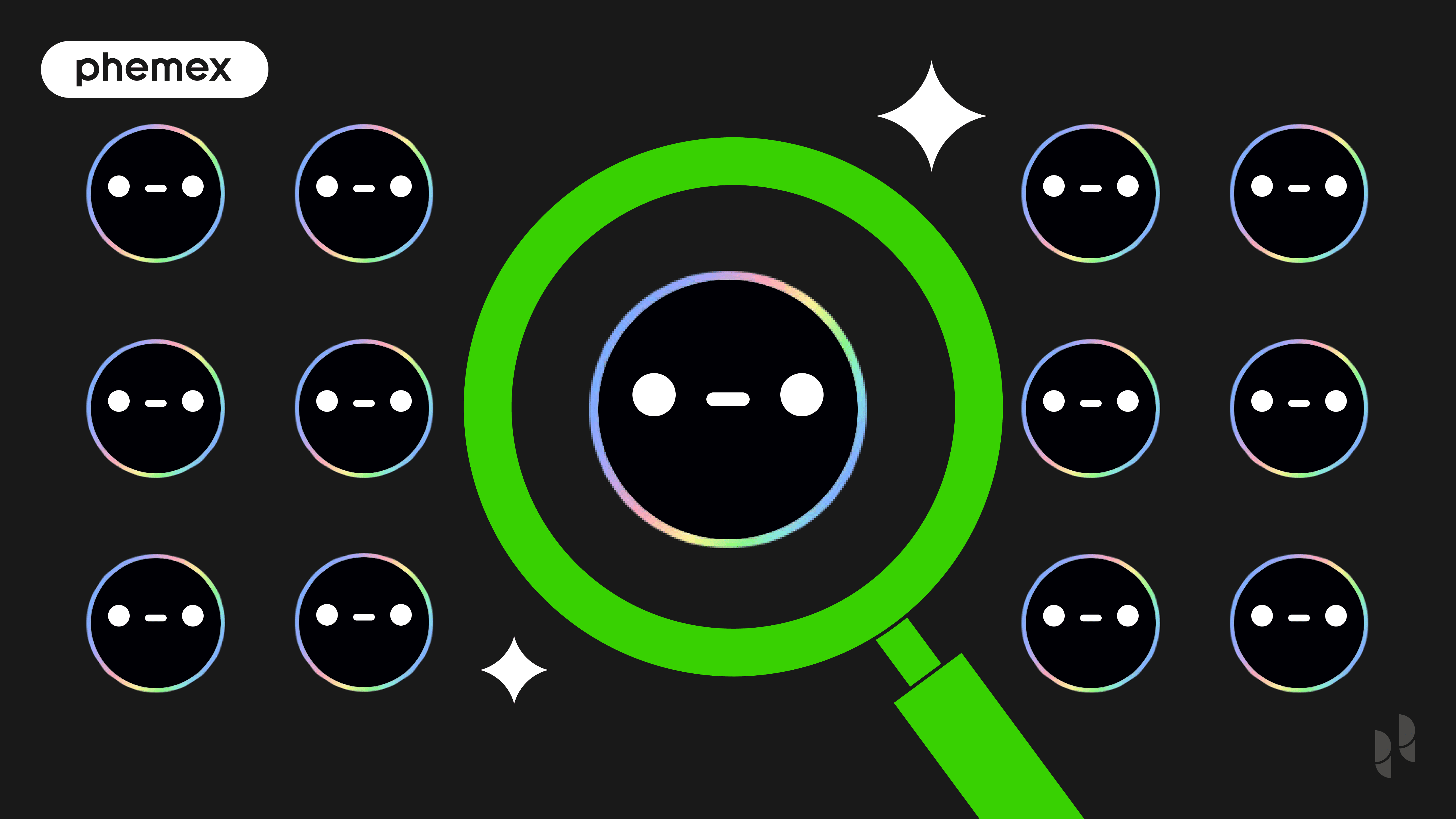In an age where digital creations are given ever increasing value by virtue of their demand, it is only natural that we have seen the rise of non-fungible tokens (NFTs). NFTs add ownership — and thus value — to digital creations and have seen an exponential rise in price in recent months. In an effort to combat skyrocketing prices, fractional NFTs have emerged. The existence of these new tokens has led to questions about their importance and value.

What Is an NFT?
In order to better understand fractional NFTs, we must first understand what NFTs are, and in what context they are most commonly used. An NFT is simply another form of cryptocurrency that’s secured digitally via a blockchain; however, where they differ from normal crypto assets is in their fungibility. This means that, while a normal crypto token or fiat money can instantly be replaced by another of the same asset, an NFT cannot.

Instead, their value is more subjective and based upon demand and collectability, rather like a piece of artwork, historical artifact, or some other form of sentimental relic. This is because each NFT is encrypted in a unique fashion. Fungible tokens like Bitcoin (BTC) are virtually indistinguishable from one another by design. Thus, a wide variety of artists have begun selling their creations as NFTs; everything from video clips, to digital artwork, to manuscripts.
How Do Fractional NFTs Work?
Fractionalized NFTs are NFTs which have been broken down into pieces, allowing for them to be sold individually. Each individual buyer of these pieces would then possess only a small portion of the NFT’s overall value. This enables investors to partially buy an NFT that might otherwise be unaffordable and allows owners to liquidate part of the NFT’s value without necessarily having to sell it completely.
The process of NFT fractionalization involves a smart contract breaking an ERC-721 asset, one of the standard NFT “coins,” into a set number of interchangeable (fungible) ERC-20 tokens. The value of these ERC-20 coins is defined by both their own current market price and the number of ERC-20s created (how many pieces the NFT was broken into). The amount of ERC-20 tokens an NFT can be split into is essentially limitless. The original Doge NFT has been fractionalized into literally billions of tokens, for example, with its total value currently sitting at an eye popping $500 million USD.

The Doge NFT listing on Fractional (Source: fractional.art)
Another example of the rising value and popularity of fractional NFTs is the Zombie CryptoPunk, which sold back in August for a cool 1,144 Ether (ETH) or around $3.2 million USD. Astonishingly, this does not make it one of the most expensive Cryptopunks sold, but nonetheless, it does not diminish its importance in the world of fractional NFTs. This is because rather than one buyer, this piece of digital art had around 480 buyers — unbeknownst to each other prior to purchase and completely anonymous to each other. Upon buying the ZombiePunk, each buyer received tokens (ERC-20s) representing their share of the artwork — which they are free to sell as they please. The Zombie Punk even had its own listing on Coingecko, and although that has since become inactive, one can still clearly see the incredible sales figures it produced.

A CryptoPunk Zombie NFT listing that sold fractionally (Source: fractional.art)
Fractional ownership of NFTs has allowed people who previously would never have been able to afford such an investment to enter into the world of cryptocurrency and crypto art. This makes the NFT investment process more accessible, but does not mean that the world of NFT trading is completely without its own set of dangers.

What Are the Dangers Associated with Purchasing NFTs and Fractional NFTs?
Fractional NFTs offer the less affluent an opportunity to get involved, but there are still significant risks to consider when investing. Some of these may change as Ethereum migrates to a proof-of-stake (PoS) system.
- Lack of regulation: As with many crypto assets, the regulatory aspect of fractional NFTs can represent a legal grey area. This means that your investments are rarely protected outside of the blockchain and are subject to changes in law and geographies.
- Copyright infringement: Intellectual property rights issues are another consideration. It is extremely important to do due diligence when purchasing an NFT and to make sure that the seller actually owns the rights to the digital goods they are selling. This is generally evident in the associated metadata of the underlying smart contract.
- Maintenance and smart contract risks: As smart contracts are an integral part of how fractional NFTs function, there are associated risks. For example, their weaknesses are exploitable to experienced hackers, which can make the entire network vulnerable to attack.
- Market volatility: While it is true that many forms of digital currency are highly volatile compared to physical assets, this is even more the case with NFTs. This has led many investors to approach them with caution and even caused major platforms like Steam to ban NFTs use amid volatility concerns.

Graphic representing the inner workings of NFT creation/trade, and its associated dangers (Source: Wired.com)
Where and How Can One Buy Fractional NFTs?
There are several vendors competing for the fractional NFT heavyweight title. This concept is still relatively new, even for a form of cryptocurrency. Three of these companies are Fractional, Niftex, and (to a lesser extent) Party Bid — all of which use similar business models.
- Fractional.art: Founded at the beginning of 2021 by Andy Chorlan, Fractional launched officially on June 26th. They use the method discussed above, namely breaking down NFT tokens (ERC-721s) into the desired amount of ERC-20s via a smart contract. After the fractional ERC-20 tokens are created, they are listed for sale at an initial valuation along with a buyout reserve price. Users are then able to browse through any available offerings (which Fractional calls “Vaults”) to see which fractional NFTs they may wish to purchase.
- PartyBid.app: Created by PartyDAO, Party Bid is a platform that allows NFT investors to band together and pool their capital. They can then take part in NFT auctions as a team, using another application to split the NFT up once it has been successfully purchased. Thus, anyone can go to the Party Bid website and host a party by creating a public URL, which allows others to visit and contribute ETH without restriction. Alternatively, if a potential investor finds a product that they would like to purchase, they can join a pre-existing party themselves. However, Party Bid is only an interface. While some investors might see it as an autonomous platform, this is not entirely accurate — as most of the more technical aspects of Party Bid are actually handled by Fractional. Party Bid uses the exact same methodology to split NFTs into fungible ETH tokens as Fractional.
- Niftex.com: Based in Singapore, Niftex launched its fully operational platform in June 2020 and has generated more than $2 million USD. The platform allows owners of NFTs to create fractions (or “Shards,” as Niftex calls them) by choosing price and distribution methods before selling at a fixed price. This continues for two weeks or until the fraction supply ends, after which the fractionalized tokens go to market to be traded as regular cryptocurrencies. Again, this entire process is managed by an integrated smart contract.

How Long Have NFTs and Fractionalization Existed?
While the emergence of fractional cryptocurrencies is obviously a relatively new and exciting concept, the idea of fractionalization is almost as old as corporate trade itself. In fact, one might be tempted to describe the Dutch East India Company as the founder of fractional trade — way back in 1602 AD. By being the first company to be listed on a public stock exchange and to issue shares to investors with enough capital, they effectively became the first company to “fractionalize” themselves for the purpose of liquidity. This process, while revolutionary at the time, became the foundation of the modern stock market; now the practice is so widespread that almost everybody knows about it.
Conclusion
Fractional NFT ownership is still an extremely new concept, hence the inherent risks commonly associated with the process — from buying already fractionalized pieces to breaking them into fractions yourself. If you or someone you know is planning a venture into the world of fractional NFTs, caution is advised. The constantly changing market is subject to trend chasing and fluctuation. However, fractionalized NFTs have allowed this market to expand its reach even more — opening up the possibility of all kinds of new investments and investors.
Read More
- What Are Non-Fungible Tokens (NFTs): Introduction to NFTs
- What are Metaverse NFTs: The Launchpad for the Digital World’s Economy?
- Why Does Bitcoin Have Value?
- Asset Tokenization: Tokenize Real-World Assets on the Blockchain
- What Are Digital Assets & Why Do They Have Value
- What Are Crypto Tokens? How Do They Work?
- What is Cryptocurrency & How It Differs From Digital Cash
- Will NFTs Ever Make a Comeback?









